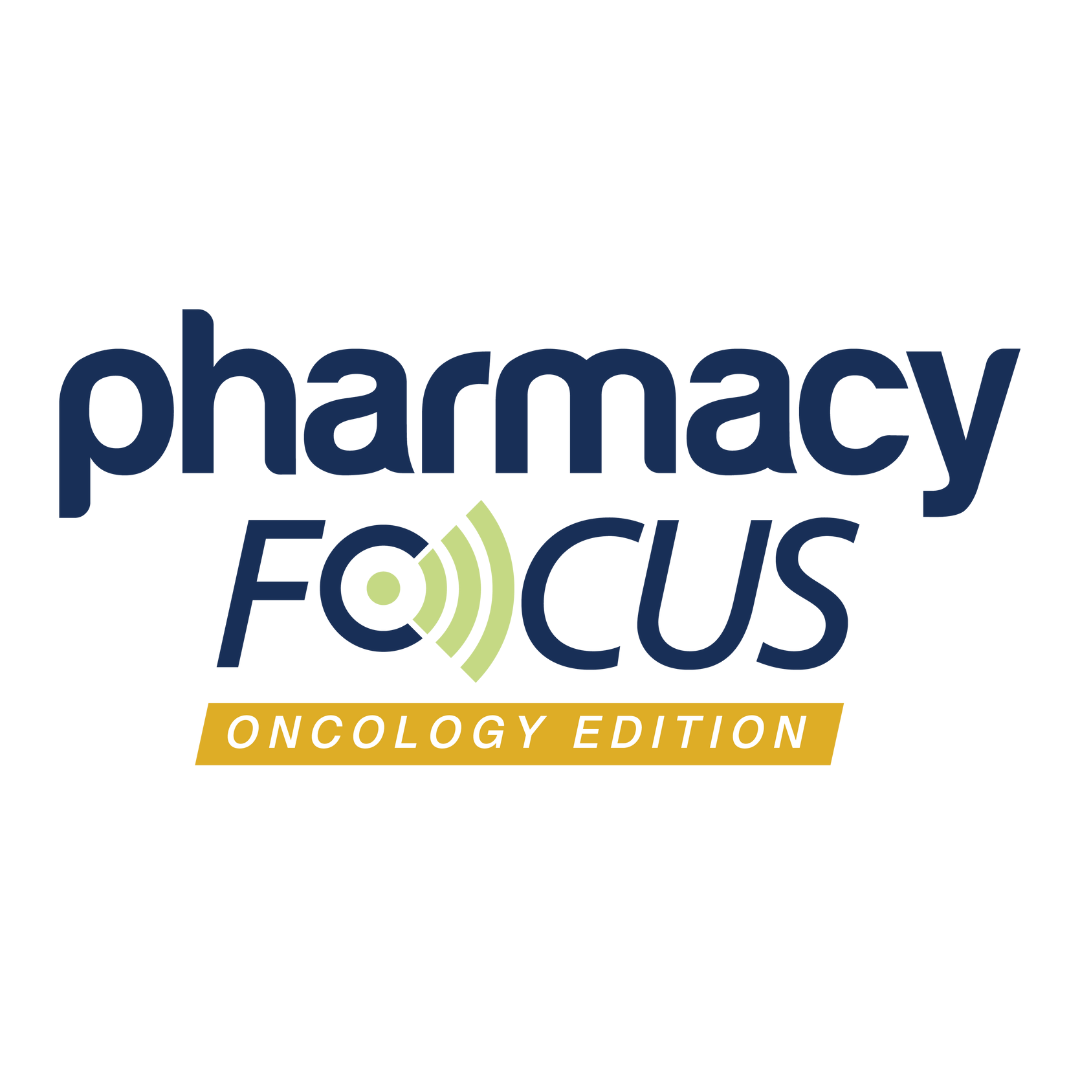Article
Nivolumab/Low-dose Ipilimumab: A Potential Chemotherapy-Sparing Option in Advanced NSCLC
New data presented at the ESMO Congress 2019 showed that a 2-drug immunotherapy combination improved overall survival in patients with advanced non-small cell lung cancer.
The combination of nivolumab (Opdivo) plus low-dose ipilimumab (Yervoy) improved overall survival (OS) in certain patients with advanced non-small cell lung cancer (NSCLC), according to new data from the CheckMate-227 trial reported at the ESMO Congress 2019.
The results, which study first author Solange Peters, MD, PhD, Centre Hospitalier Universitaire Vaudois, referred to as “practice changing,” may offer a chemotherapy-free, first-line option for patients with metastatic disease.
Nivolumab, a programmed cell death protein 1 (PD-1) antibody, and ipilimumab, an anti-cytotoxic T-lymphocyte antigen 4 (CTLA-4) antibody, are immune checkpoint inhibitors that have a distinct but complementary mechanism of action, according to the Dr Peters, who presented on the data.
The phase 3 study included patients with stage 4 or recurrent NSCLC who had received no previous treatment. In part 1 of the trial, different nivolumab-based regimens were evaluated in comparison with chemotherapy in 2 different PD-L1 subgroups.
Patients with PD-L1 expression of at least 1% were divided into 3 treatment groups: nivolumab plus low-dose ipilimumab, nivolumab, or histology-based chemotherapy. Patients with PD-L1 <1% were randomized in either nivolumab plus low-dose ipilimumab, nivolumab plus chemotherapy, or chemotherapy.
According to the data, patients with PD-L1 ≥1% treated with nivolumab plus ipilimumab had a median OS of 17.1 months (95% confidence interval [CI] 15.0-20.1 months) compared with 14.9 months (95% CI 12.7-16.7 months) in the chemotherapy group (hazard ratio [HR] 0.79, 97.72% CI 0.65-0.96, p=0.007).
The study also found an OS benefit with nivolumab plus ipilimumab versus chemotherapy in patients with PD-L1<1% and in all randomized patients, according to the study.
Additionally, progression-free survival, objective response rates, and duration of response were all greater with the combination treatment compared with chemotherapy. Grade 3 and 4 treatment-related adverse event rates in all patients were 33% for nivolumab plus low-dose ipilimumab, 19% with nivolumab, and 36% with chemotherapy, according to the results.
“We already have several front-line treatment options for these patients, including chemotherapy combined with an anti-PD1 agent or an anti-PD-L1 agent alone,” Peters said in a statement about the findings. “And now we have a chemotherapy-sparing option of nivolumab plus ipilimumab.”
According to Peters, the next step would be to develop a way to determine the best front-line therapy for each patient. She noted that 5-year survival rates from trials with these treatments will help differentiate which options are the most effective. In addition, comparing toxicities is also crucial to selecting the right therapeutic option for a patient.
“We used a low dose of ipilimumab (1 mg every 6 weeks) to make it tolerable,” Peters said. “Doing this led to a low rate of discontinuation and treatment-related toxicities or deaths. So, it’s a highly manageable treatment.”
Despite the trial’s promising results, Peters indicated that there were a few limitations. For example, the study started before chemotherapy/immunotherapy or immunotherapy alone was approved for the first-line treatment of NSCLC, which means the 2-drug combination was not compared with current standards of care.
Additionally, the trial was designed to formally assess OS only in patients who were positive for PD-L1.
“But we looked in an exploratory fashion at the subgroup of patients who were negative for PD-L1,” Peters added. “Similarly to patients who were positive for PD-L1 the benefit with nivolumab/ipilimumab was seen across variable levels of PD-L1 expression, including negative ones.”
Overall, the data suggest that the combination of nivolumab and low-dose ipilimumab may serve as a new chemotherapy-sparing treatment option in the frontline setting for metastatic NSCLC. However, more information is needed to determine how to best individualize treatment options for patients, the authors concluded.
In a commentary on the study results, Marina Garassino, MD, indicated that the promise of the trial is to have longer lasting responses, therefore, translating to a longer life for patients.
“At the same time, we have to go back to the bench, to the side, and to act as scientists to understand the right patients to be treated with immunotherapy and immunotherapy, chemotherapy and immunotherapy, and with a single agent,” she explained.
Furthermore, she concluded that patients will continue play a fundamental role in the decision making process of treatments in the front-line setting.
References
- Peters S, Ramalingam S.S., L. Paz-Ares, et al. LBA4_PR ‘Nivolumab (nivo) + low-dose ipilimumab (ipi) vs platinum-doublet chemotherapy (chemo) as first-line (1L) treatment (tx) for advanced non-small cell lung cancer (NSCLC): CheckMate 227 Part 1 final analysis’. Annals of Oncology. Presented at ESMO Congress 2019. September 27-October 1, 2019. Barcelona, Spain.
- Two immunotherapy drug combination offers chemotherapy-free option for advanced NSCLC [news release]. ESMO Congress 2019. Accessed September 28, 2019.
Newsletter
Stay informed on drug updates, treatment guidelines, and pharmacy practice trends—subscribe to Pharmacy Times for weekly clinical insights.





